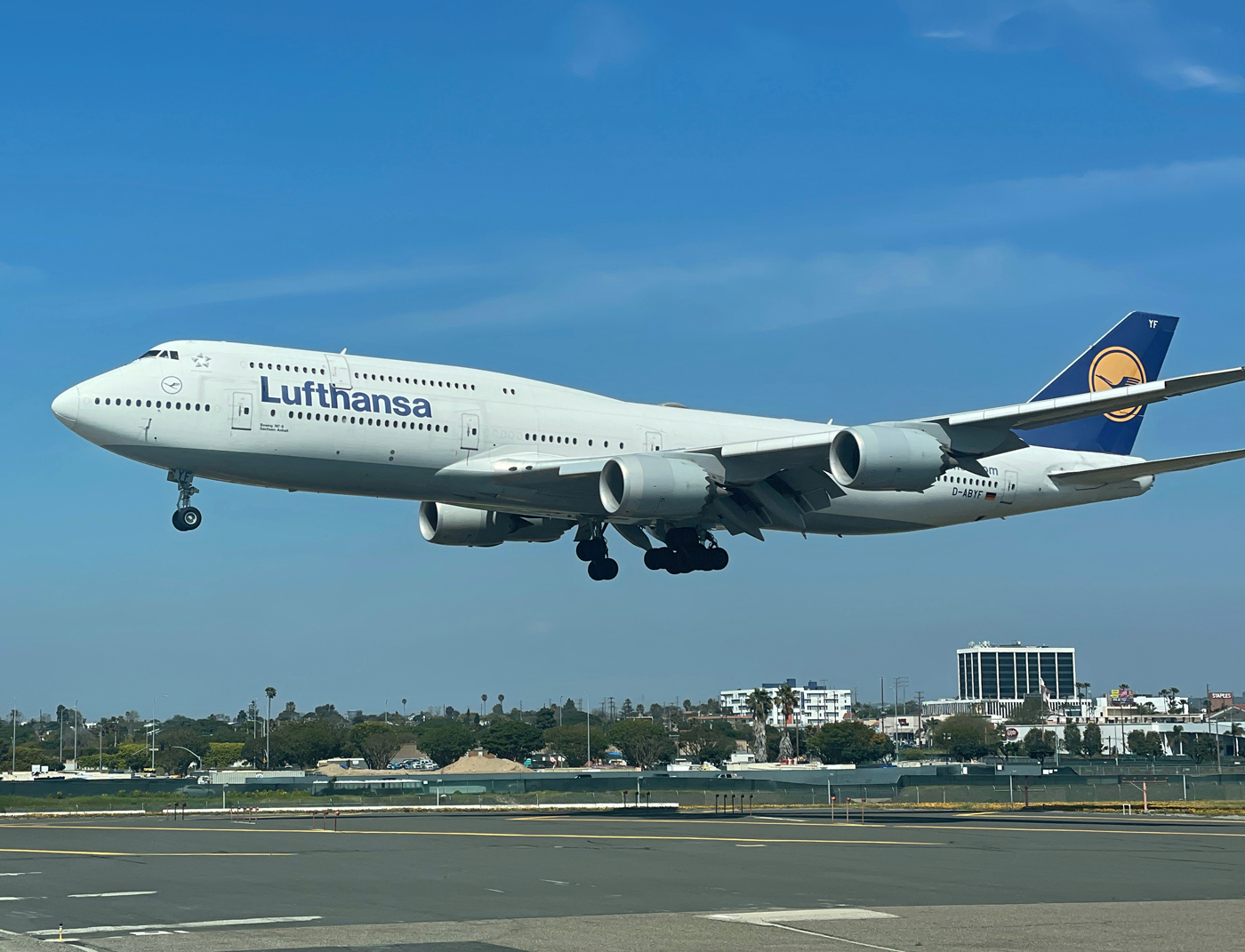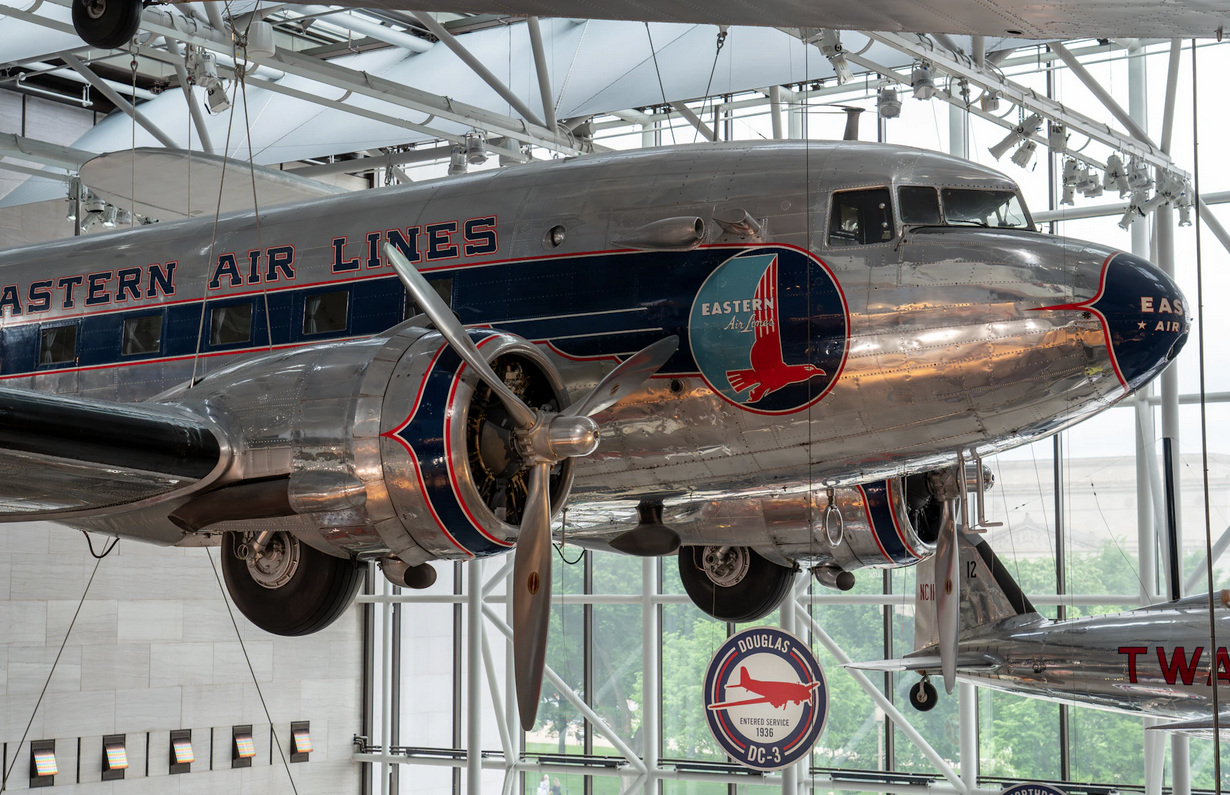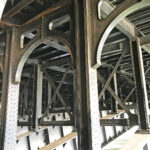Top Flight

September 23, 2024
I FOUND THIS LIST, over at The Atlantic, published back in 2015: What Was the Most Significant Airplane Flight in History? A roll call of aviation luminaries, myself not included, was invited to weigh in.
The Enola Gay, bound for Hiroshima, that’s a heavy one. And from my fellow blogger Christine Negroni: “In 1914, Abram Pheil became the very first passenger on the very first passenger flight, a 23-minute trip from St. Petersburg, Florida to Tampa. Like the 12-second flight of the Wright Brothers eleven years earlier, his brief time in the air has had an enormous impact on the world.”
It’s hard to argue with her. But some of the other entries, I don’t know. D.B. Cooper, come on. Lindbergh’s solo crossing? Nah. Of course, there’s no right or wrong answer. The idea of lists like these is to draw from different perspectives.
Had I been asked, my entry for history’s most significant flight would be Pan Am’s inaugural of the Boeing 747 in 1970.
Pan Am’s Clipper Victor kicked things off between New York and London on January 21st, about six months after the success of Apollo 11. Why this flight? Well, if we broaden this conversation to planes generally, rather than specific flights, we have to rank the Boeing 747 as the most influential aircraft of all time. The industry’s first-ever widebody, it ushered in the concept of affordable long-haul flying, changing global travel as we knew it — and know it still — perhaps more than any other invention.
Plus, it was a gorgeous design. In a production run lasting more than fifty years, Boeing would sell more than a thousand of them.
(Ironically the Victor was the very same 747 destroyed at Tenerife in 1977, in history’s worst aviation disaster. Remarkably, this single aircraft was involved in two of the most historic flights of all time, one celebratory and the other catastrophic.)

Runner up, for influence if not aesthetics, would be the Douglas DC-3.
Rolled out in 1935, the DC-3 wasn’t really the first of anything, but it perfected the evolution of the all-metal passenger transport to become the first truly profitable and mass-produced airliner. So many thousands of DC-3s were built, in civilian and military versions, both in the U.S. and under license abroad, that nobody knows for sure the actual count.
As late as the 1960s more than a thousand DC-3s were still in airline service. Today every passenger plane, from a ten-seater to the 787, bears a debt to this antique piston twin.

Much the same way, Boeing’s four-engined 707 revolutionized air travel forever.
The 707 was third in jetliner chronology — the star-crossed de Havilland Comet and the Soviet Union’s Tu-104 copycat came before it — but it was faster, with greater range and more seats, taking the Comet’s ill fortune and turning it into gold, safely crossing oceans and continents at twice the speed of mainstay propliners.
When, in 1958, Pan Am launched the 707 between New York and Paris (just like Lindbergh), the jet age truly was born. A year later American Airlines inaugurated transcon 707 nonstops between New York and Los Angeles. The poet Carl Sandburg was aboard.
Yes, well, sorry to some of you who’d lobby for something flashier. The Concorde, I know, makes a prettier icon than the 707 or a DC-3. But while sexy and famous, it proved little beyond the non-viability of the SST concept. Perhaps when hydrogen replaces kerosene this category will be reborn.

Photo Credits:
Lufthansa 747 by the author.
Pan Am 747 courtesy of Pan Am Historical Foundation.
DC-3 courtesy of Unsplash.
707 by Boeing, public domain.
707 thumbnail from the author’s postcard collection.





Leave a Comment
Maximum 1500 characters. Watch your spelling and grammar. Poorly written posts will be deleted!